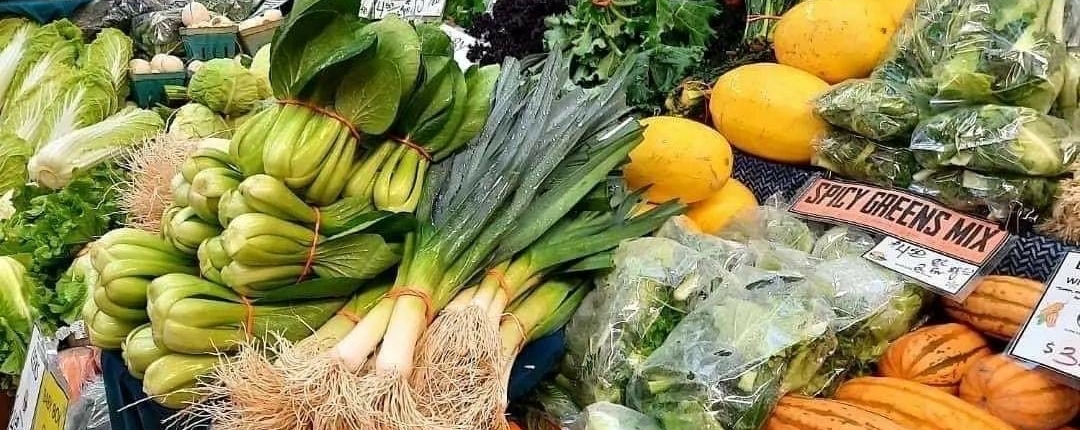Market Overview
Market Websites:
Missoula Valley Winter Market – Facebook
Missoula Valley Winter Market – Abundant Montana
Market Days:
Saturdays, November through April
Business Structure:
501(c)(3) nonprofit incorporated in 2019
Founded:
- November 2014
Mission:
The Missoula Valley Winter Market was founded to provide a reliable and sustainable place for local agricultural, food, and arts and crafts producers to continue to retail their products directly to consumers after the end of the normal summer market season.
Farmers markets are not just for the summer anymore!
Montana is seeing more successful winter markets popping up, including the Missoula Valley Winter Market. While the inputs are similar to a standard summer market, such as costs, obtaining liability insurance, and recruiting vendors, the most important consideration is having a reliable, warm indoor space.
Partnering with a mall is a terrific opportunity as it leads to a mutually beneficial relationship of increasing mall shoppers and generating rent from the market. The market benefits by attracting existing mall shoppers, ample parking for both customers and vendors, and warm space in the chilly winter months. The Missoula Valley Winter Market changed location five times prior to landing on its current Southgate Mall location. These moves have been related to changes such as buildings selling and outgrowing spaces. The Southgate Mall has held the winter market for two seasons, and management has remained open to hosting the market.
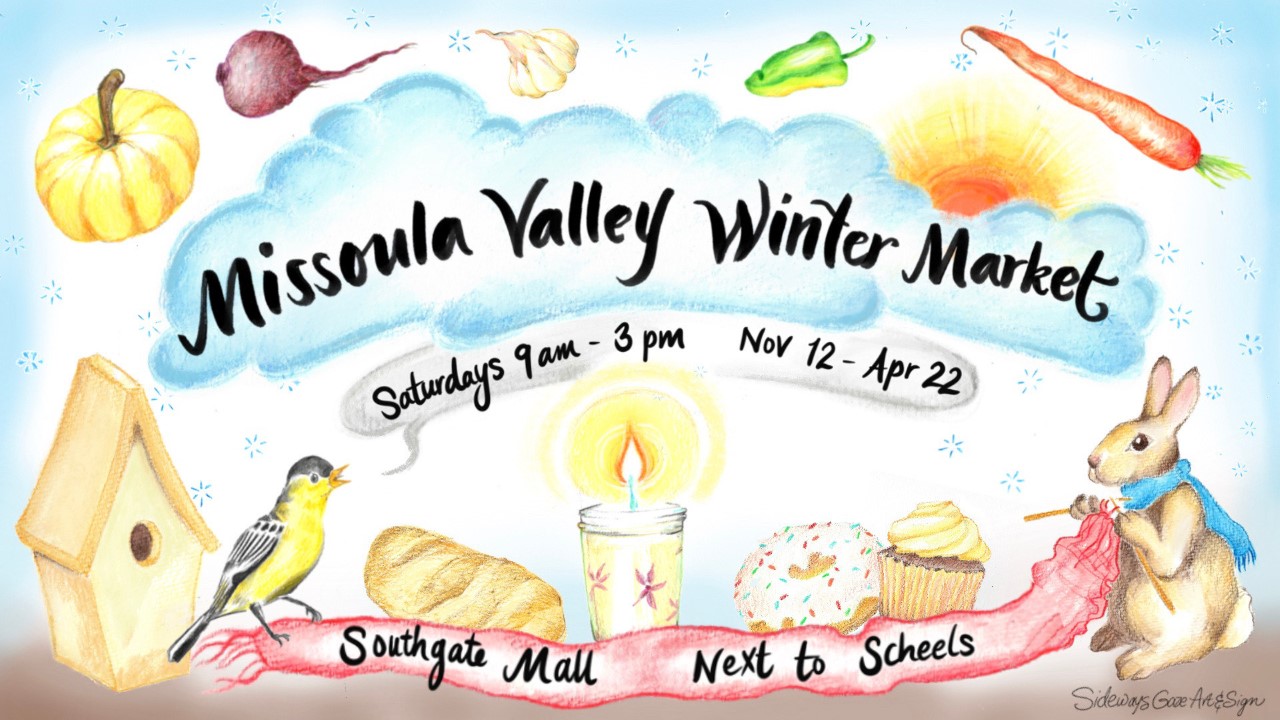
Missoula Valley Winter Market Seasonal Sign
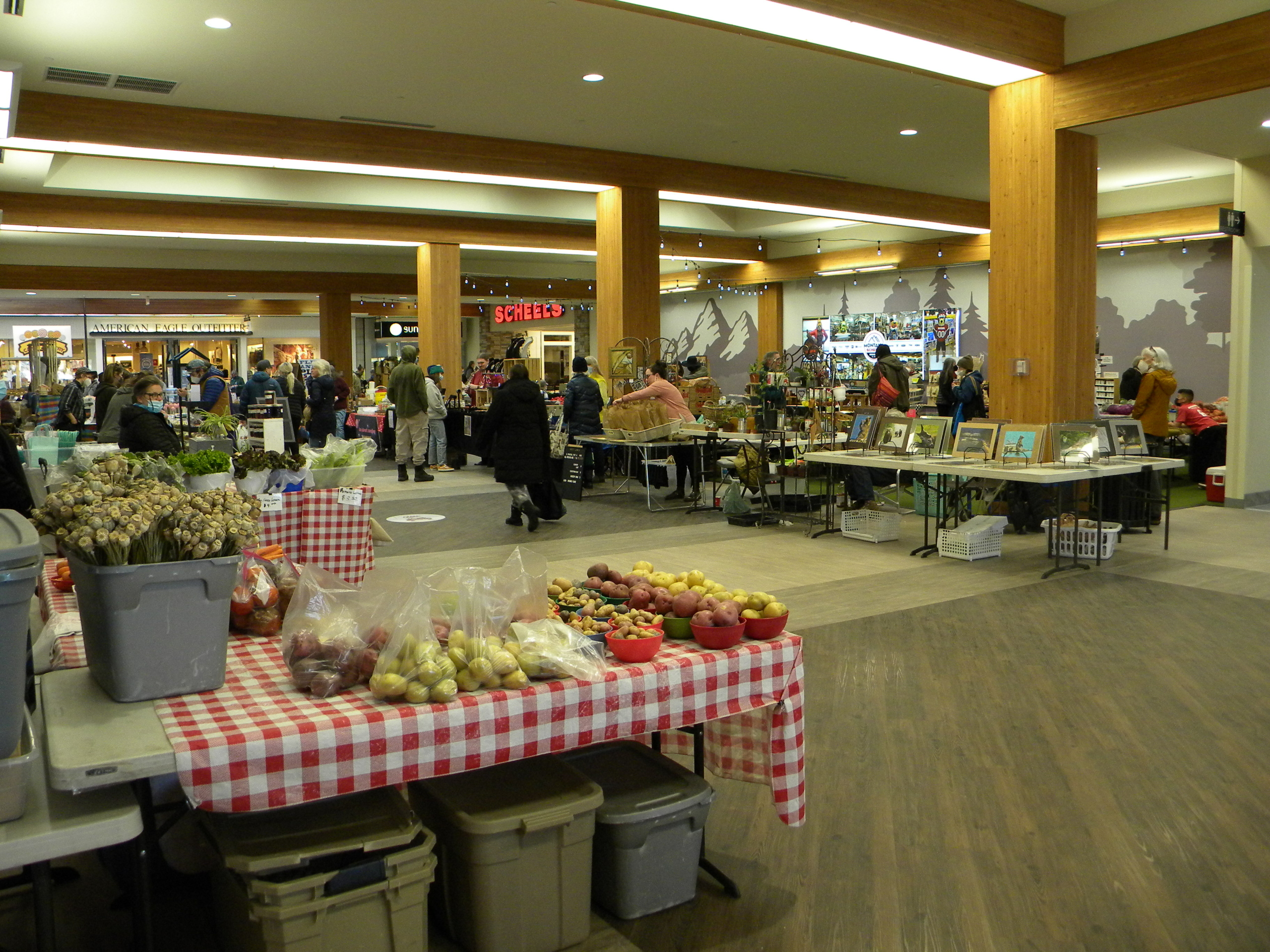
Farmers market tables set up inside South Gate Mall in Missoula, MT.
Missoula Valley Winter Market is funded by vendor fees and a small percentage of merchandise sales. The market is also SNAP (Supplemental Nutrition Assistance Program) authorized and participates in the Double SNAP Dollars program. Both programs provide an additional incentive for customers and vendors to participate in the market. The market has a part-time employee to operate the SNAP/DSD booth, as well as a part-time accountant and recordkeeper.
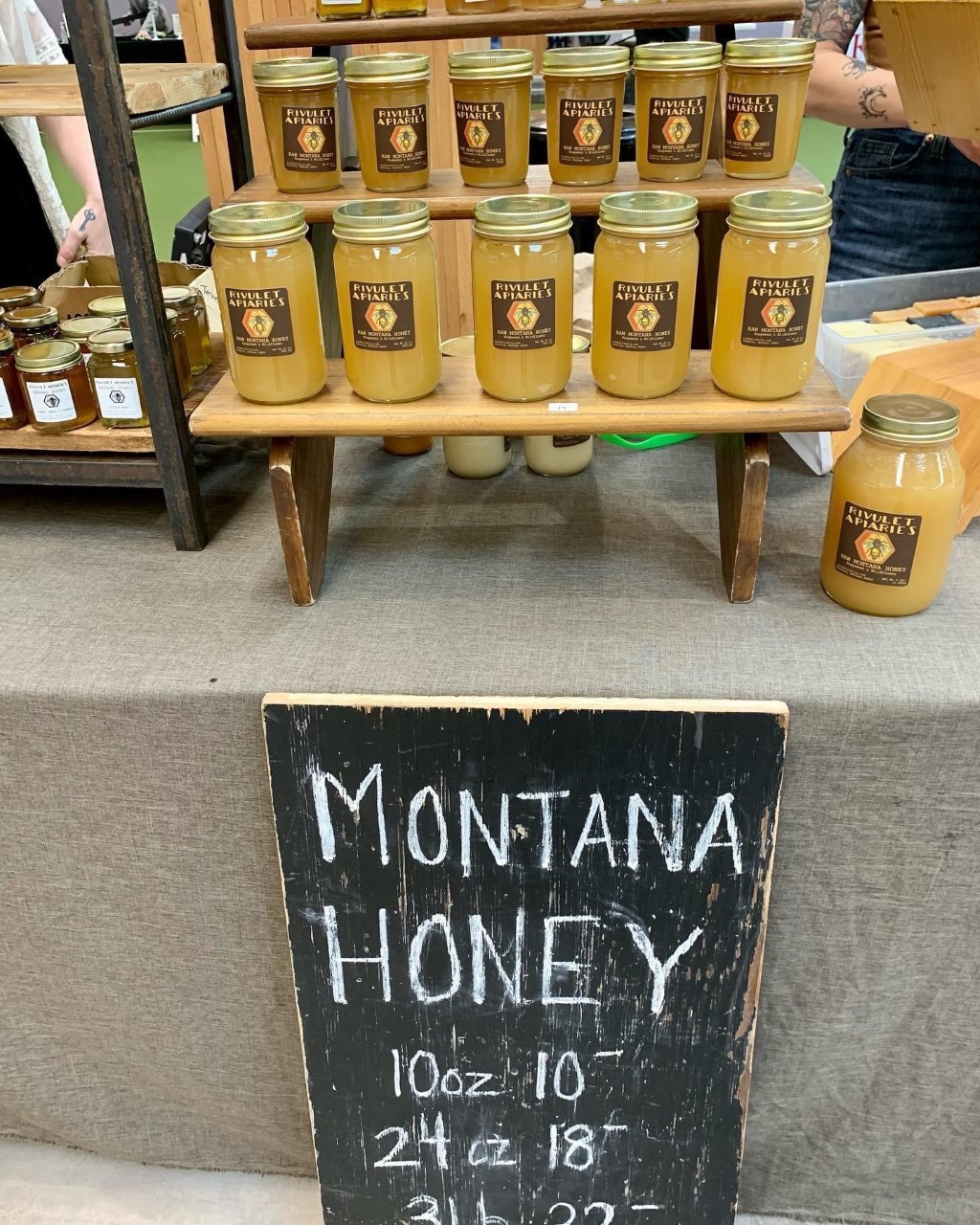
Montana Honey from Rivulet Apiaries.
The biggest difference between the summer and winter markets is the more diverse makeup of vendor types at the winter market, consisting of agricultural products, food, and arts and crafts. During the summer months, the Missoula markets have separate foods and crafts. The summer market holds the seasonal advantage of having a more diverse fresh product selection over the course of the season. The winter market, however, maintains a diverse selection of products with some creative strategies such as preservation of food products grown in the summer.
Key Take-Aways for Running a Successful Winter Market
- Invest in Advertising and Marketing. Form a solid marketing strategy. Even if the budget for marketing is not large, working to have a marketing campaign of some kind in place can be hugely beneficial. Marketing strategies that have been effective in Missoula include hanging posters, handing out fliers, and encouraging customers to pass on information about the market through word of mouth.
- Vendor Engagement is Key: Vendors benefit from being involved in the winter market through the continuity of sales year-round, beyond just the summer. Vendors get more opportunities to market themselves selling year-round, as well as challenging themselves with new and innovative ways to grow food. Many produce vendors have adapted growing techniques to extend their growing seasons for the winter market, such as utilizing heated greenhouses, as well as planting later successions of field vegetables to be able to have certain storage crops well into the winter.
- Expect Competition. Holiday bazaars and craft fairs happening around the holidays can also be a challenge, with potential for multiple events going on at the same tim
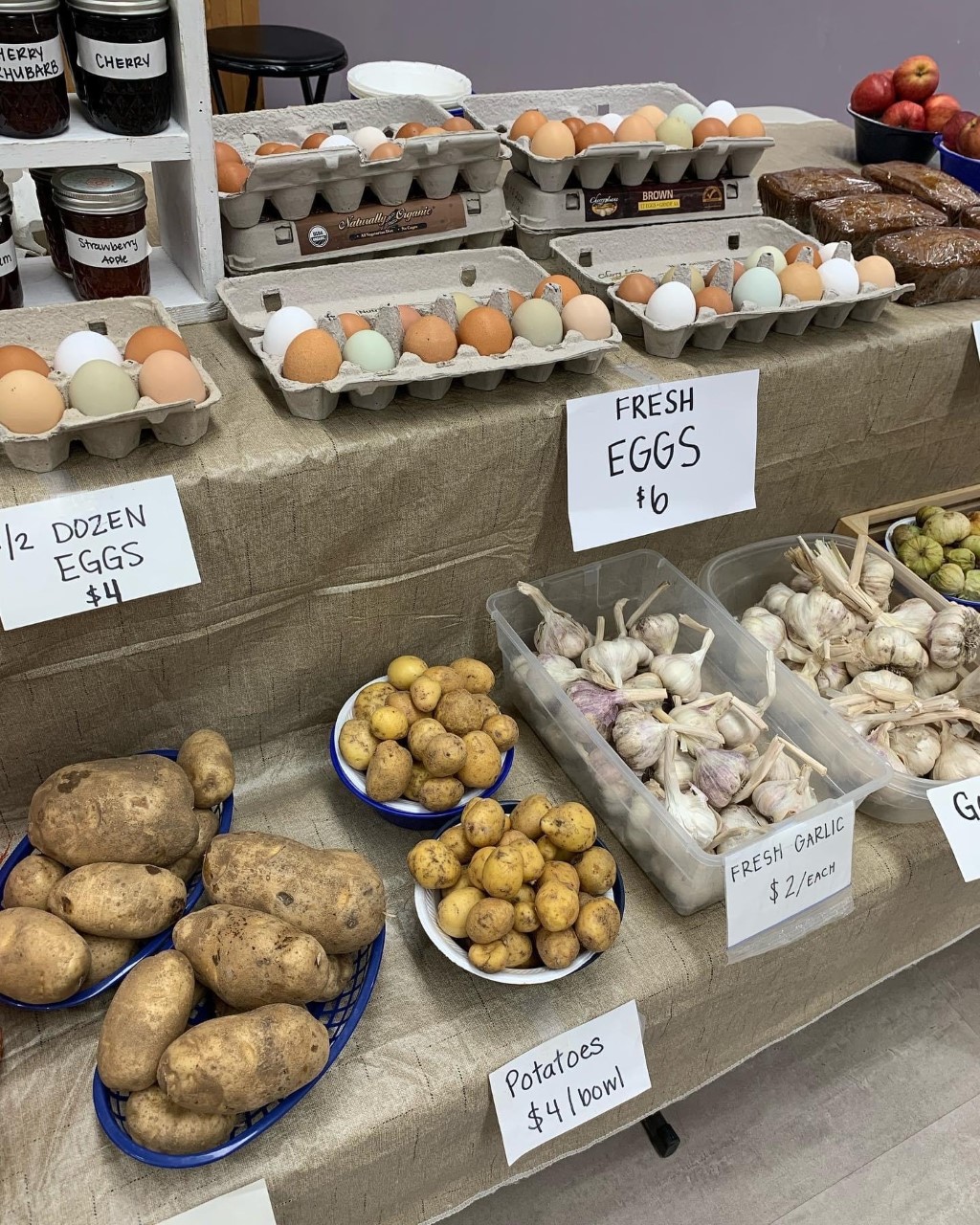
Fresh eggs, garlic, potatoes, fruit, baked goods and a variety of jams at the Missoula Valley Winter Market.
e as the market. Despite this, the winter market does see its highest sales in those months leading up to the holidays.
- Aim for Consistent Customers. Increasing customer engagement in the winter can be more difficult than in summer months. The Missoula Winter Valley Market has worked to develop consistent core shoppers. Some winter market days are slow and less profitable than others, but if customers can depend on certain fruit and vegetable vendors being there, it legitimizes the market as a shopping destination.
- Plan for the Future. The Missoula Valley Winter Market hopes to eventually become a year-round, permanent indoor market, serving as a hub for local food and art in the community. This would require a change to the current mission statement, but the market’s leadership embraces the opportunity to welcome change for the market to evolve.

